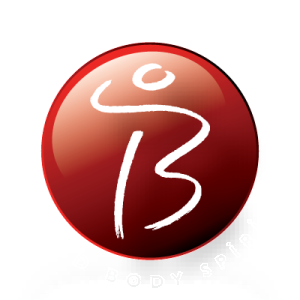Performing Vs. Learning Pilates and Yoga
July 9, 2017
It is said that Joe Pilates did not like working with dancers (he originally wanted to work with boxers, which is why his studio was located close to Madison Square Garden). It was alleged that the reason he didn’t was because dancers wanted to perform, rather than learn the Method.
I can understand his thinking although if I was able to talk to Joe today, I would tell him that a lot of people other than dancers are also too interested in performing, rather than learning, the Method.
It’s not just in the Pilates Method, either. It happens in Yoga, too. There are too many people performing rather than learning.
The great movement teachers knew that movement could not be systemized because humans are never static. When we are standing still, we are not static; our muscles are always working to balance us upon our bones in line with gravity. Even when we are asleep, our bodies experience movement when our lungs breathe, our heart pumps and our blood circulates.
This is why when one examines the work of Mabel Elsworth Todd, Moshe Feldenkrais, Rudolf Laban or F.M. Alexander, one will find certain guidelines and perhaps an exercise to practice to assist in learning but not a system of exercises per se. The great yoga teacher, Vanda Scaravelli, was much of the same mind as these movement pioneers. She never had the same class twice as she recognized that humans move from physical, mental and emotional experiences – all of which are in a constant state of flux. Each session will be unique and thus should be uniquely designed.
I like to think that what we are really considering here is putting the soul back into practice. Soul has no place in a rigid system of exercise because it is concerned with uniformity and thus can be rather bland. Soul adds juiciness to any practice. I think this is why people get bored in classes and begin to add silly things like balls, bands and foam rollers; not to challenge themselves but rather to entertain themselves.
In classical forms of Pilates, Yoga or Movement classes, the student is expected to do more than just show up for class; the student is expected to take responsibility for his learning. The teacher provides the tools for both developing physical skills and neuromuscular learning that involves mental tasks such as concentration, control, form, and principles of method (alignment for example).
Learning must take place to cultivate the desired results. Learning happens only when the student recognizes his responsibility for that learning.
Learning will not happen when one is too consumed with performing nor will it happen at the other end of the spectrum such as when the student takes no responsibility for himself at all; such as when he expects the teacher to give the same corrections every session – regardless if it is the first session or 165th.
Based on what I’ve learned about Joe through stories or from his own writings, he seemed to want to create a bridge between what these movement teachers taught and his desire to create an exercise system. To those who would say his system is rigid, I would say that those people do not really know his system at all. Within Joe Pilates’ template is a great amount of room for creativity and uniqueness. Indeed, he never created levels of beginner, intermediate or advanced; he just saw his clients, determined what they needed and created the prescription. He saw what they needed to learn to get to where they wanted to go.
Working with this intention to learn – whether it is Pilates or Yoga – will not only yield great results but will go far in ensuring that your practice never becomes dull or boring.
